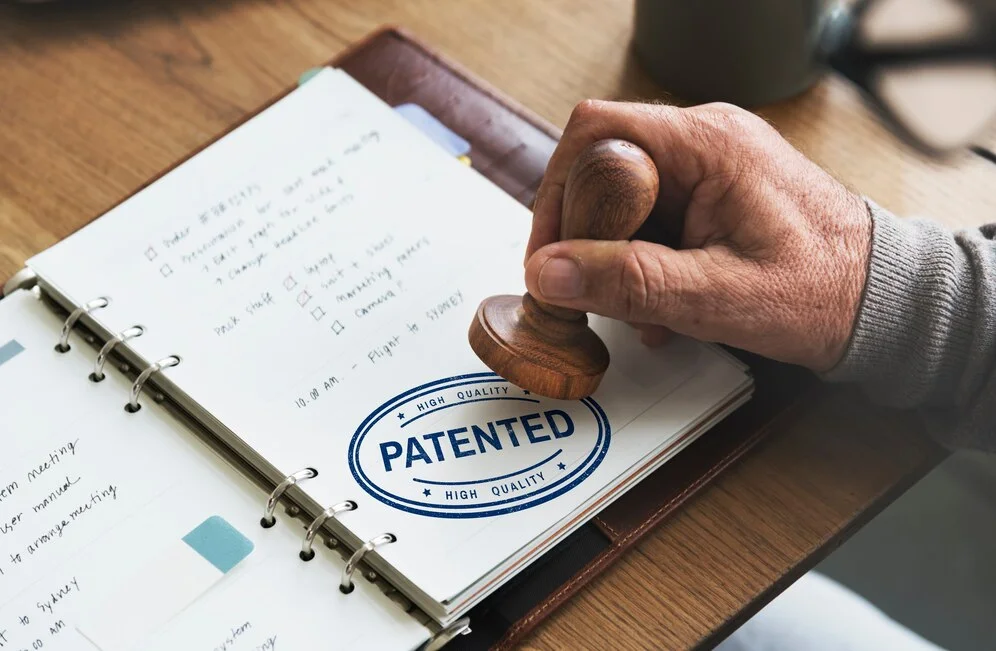Outline of the Article
- Introduction
- What is Patentability Search?
- Why Patentability Search is so important?
- What is the Step-by-Step Process of Patentability Search?
Introduction
One of the most important parts of the patent process is knowing how to do a thorough Novelty search. To be successfully completed, it requires a committed and determined approach. The process of patent searching lacks glamor. It involves the meticulous examination of countless documents. Sometimes numbering in the thousands to evaluate the novelty of an invention.
Besides, the process might be uncertain. There is a possibility that a similar innovation already exists. The thought that another person may have had an identical idea at first is a terrifying one. Even though it can be stressful, thorough research should always be done before submitting a patent application.
For inventors, business owners, and entrepreneurs, a professional patent search's findings are an essential precondition. It is a legal opinion from an experienced patent attorney. Prior to moving further with the idea and filing for a patent, this thorough review is essential. This article aims to provide a comprehensive overview of the patentability search process employed by our proficient Patent Attorneys.
What is Patentability Search?
A Patentability Search/Novelty Search is frequently the first step in starting the patent procedure. This first stage determines how different an invention is from the body of prior art already in existence. Please take note that a patent search cannot determine whether an innovation violates any third-party-granted patents.
The Patent Office compares the invention's claims with the body of prior art during the patent examination process. If the patent examiner agrees that the invention is both unique and does not clearly combine any previously known parts. The outcome of this investigation will determine whether a patent can be granted.
Conducting a Patentability Search holds several advantages for the inventor. It assists in pinpointing the nearest existing art. This aids in gauging the inventiveness of the innovation. Besides, it helps in identifying the distinct aspects of the invention in contrast to the prior art. It's worth noting that a patent search can also unveil instances where an inventor's creation. Despite not being commercially available, has already been actualized.
Why Patentability Search is so important?
A Patentability Search is the only way to determine whether your invention has been disclosed to the public. This information is crucial while drafting a patent application. You can construct your patent to highlight several ways of achieving the functional utility of the invention by being aware of the prior art in your field.
This method also gives you the knowledge necessary to decide whether applying for a patent for the innovation is a wise plan of action. If obtaining patent rights seems difficult, it may be strategically helpful to skip filing a patent application. Instead, you may focus on developing your brand or looking into alternative solutions to gain a competitive advantage. This alternative can also result in cost savings.
Obtaining legal counsel for a search or application submission might further increase costs. The costs of filing a patent are high. It is possible to save a lot of time and money by independently completing these steps. Identifying patents or innovations that might not be compatible. This preventative strategy also shields you from creating a product. That might violate the patent of another innovator, sparing you the danger of future legal action.
What is the Step-by-Step Process of Patentability Search?
Step 1: Define the Purpose and Limitations of a Patentability Search
Before beginning a Patentability Search, it is essential to have a clear understanding of your goals. Setting expectations correctly from the beginning helps prevent confusion or disappointment after completion. It's crucial to distinguish between Prior Art Searching and Patent Searching.
- Distinguishing Between Patent Searching and Prior Art Searching
It's essential to recognize the difference between a patent search and a prior-art search. The latter is necessary to decide whether something is patentable. As the name implies, a patent search looks for papers that are linked to patents that might be relevant to your innovation. A thorough search, yet, goes beyond patents to include a range of non-patent works that make up the broader “prior art.”
- Defining the Objective of Your Patent Search
The prime aim of a patent search is to provide the inventor with insights into patentability. The results of the patent search should provide a resolution to the bigger, more important topic of patentability. A patentable invention meets the criteria of Eligibility, Novelty, and Non-Obviousness. This denotes that the invention qualifies as an appropriate subject matter (eligibility). It stands as a unique creation worldwide (novelty). That hasn't been previously suggested by any publications or patents (non-obviousness).
- Interpreting the Findings
After the patent search is finished, a thorough analysis of the findings is essential. If you're collaborating with a patent expert, such as an attorney. Then their legal assessment of the search outcomes is equally significant. The previously mentioned legal review serves as the genuine benefit of hiring a patent attorney.. Ultimately, this becomes the cornerstone of the entire process. Instead of having to sort through a lengthy list of prior work, you are given a sophisticated and expert opinion on the best course of action. This insight is undeniably invaluable.
Step 2: Consult the Cooperative Patent Classification (CPC) schema by accessing it.
Visit the USPTO.gov website at this time. In the top right corner of the screen, use the search text box. Type "CPC scheme" and one of the keywords you came up with during the first stage into the search bar. The CPC classification scheme is used by the USPTO.
The Class-Subclass Scheme page's entries will appear in the search results when you type "CPC scheme" into the search box. You can perform this search as often as you wish, looking for different keywords. In order to discover the categorization names that appear to be the most applicable to your innovation.
A sample categorization or identification for a class or subclass might be "2/456." The 456 subclass relates to Body cover, whereas the two are equivalent to Class 2, which is apparel.
Step 3 : Access and examine the definitions associated with CPC categories.
Certain classification titles within your search findings may appear underlined. In such cases, these titles are linked via hyperlinks. In order to correspond to CPC Classification Definitions. These definitions prove valuable. It defines the boundaries of the chosen classification. That helps determine whether the most relevant classification has been found.
It's helpful to click on these hyperlinks. They can offer more suggestions for your search or provide supplementary search notes.
Step 4 : Find and Examine issued patents using the CPC classification(s) identified.
The PatFT (Patents Full-Text and Image) database on the USPTO website can be used to retrieve and examine all U.S. patents. After deciding which CPC categorization is applicable, those are given that classification. Go to the homepage on the USPTO.gov website. Try to locate the "Find It Fast Quick Links Patent" section positioned just below the search text box.
Clicking on this will reveal a link titled "PatFT" situated under the "Patents" section. Select this link to navigate to the patent search page. Using the search menu, enter the CPC Classification you previously identified as "Term 1." For the field, opt for “Current CPC Classification.”
Start the search, and you will be presented with a compilation of issued patents. By clicking on the patent number or title for any of the entries, you can access the complete text of the patent. Some entries might include an "Images" button, which, when clicked. That provides a comprehensive PDF version of the patent.
It is prudent to meticulously review at least the initial page of each entry. It's a good idea to make note of any patents that appear to be quite similar to your concept.
Step 5 : Perform a thorough analysis of the patents you choose.
It's now time to do a thorough analysis of each patent that you previously recorded throughout your search. You need to pay attention to the drawings and claims contained within these patents. This aims to ascertain the extent of their resemblance to your own invention.
With this chosen subset of pertinent U.S. patents, conduct a more thorough review for parallels with your invention. Pay meticulous attention to other segments of the patent. That includes supplementary drawing pages, the specification, and most importantly, the claims. It's worth noting that references are cited by both the applicant and the patent examiner. This can point you in the direction of further relevant patents. Remembering that the claims define the limitations of the property rights granted to the patent holder is essential.
You can consider printing or downloading copies of the most pertinent U.S. patents. That you have uncovered through your analysis.
Step 6 : Review published patent applications using the CPC classification(s) identified
You can conduct a more thorough comparison of each patent's similarity to your own innovation. By using the subset of the most pertinent U.S. patents you've found. You can also examine other segments of the patent thoroughly. That may have supplementary drawing pages, the specification, and notably, the claims section. It's advisable to be particularly attentive to details in these areas.
You need to keep an eye out for references cited by the patent applicant and/or the patent examiner. As they could potentially lead you to additional patents that hold relevance. It's crucial to remember that a patent's claims effectively outline the bounds of the property rights given to the patent holder.
You can consider printing or downloading the most pertinent U.S. patents you have found during this step. In order to conduct a complete study.
Step 7 : Extend your search with foreign patents, non-patent literature and/or a patent professional’s search
It could be a good idea to search for keywords using the PatFT and AppFT search engines as well. Besides, some inventors choose to use the Espacenet service to search for international patents. This may be crucial if you intend to file for a patent for your innovation abroad. You can also employ a patent agent or qualified patent attorney to examine the search.
.jpg)





